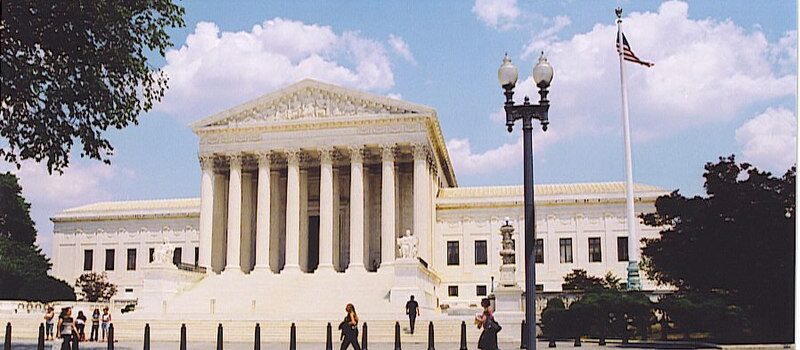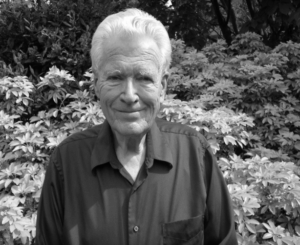This will be the first IARF Congress that my congregation and I participate in. I’m the current president of the board of directors for the Free Congregation of Sauk County, Wisconsin, which is the last surviving Freie Gemeinde of a hundred or so established by German immigrants to the U.S. between 1850 and 1950.
My goal in attending the Congress is to broaden my understanding — beyond my parochial and limited view of the world – of religious issues faced by other countries and institutions and people.
Preparing for the Congress has caused me to reflect on an aspect of “religious freedom” in the U.S. which may interest other attendees. The topic is how the concept of religious freedom is being used in the U.S. to permit persons to discriminate against others, especially in providing services.
Religious freedom is an issue of great current importance in the U.S. It has reached the point where two opposing sides interpret the phrase itself to have very different meanings.
On one side are those who ground religious freedom in the language of the First Amendment to our Constitution, that religion shall be free from direct state interference. The exact language is “Congress shall make no law respecting an establishment of religion, or prohibiting the free exercise thereof ….” On that same side are those who also point to the language of Thomas Jefferson in a letter to a congregation, when he wrote “I contemplate with sovereign reverence that act of the whole Amerian people which declared that their legislature should ‘make no law respecting an establishment of religion, or prohibiting the free exercise thereof’, thus building a wall of separation between Church and State.”
This widely-quoted view of the separation of church and state is not included in any law or official document, and it is challenged by those who stress the predominantly Protestant Christian background of the early American leaders. To this group, “religious freedom” primarily means the freedom to practice one’s (Christian) religion even when it conflicts with other societal values, and a vocal minority seeks to make the U.S. a Christian nation.
This short article attempts neither to give an exhaustive history of the struggles in the U.S. over more than two centuries, nor to detail the complexities and subtleties of the three relatively recent court decisions that currently define the outlines of the conflict, but only to introduce them to the attendees at this Congress, so they might become part of our discussion.
The U.S. operates with three branches of government: legislative, executive, and judiciary. Our national legislature is the Congress consisting of the Senate and the House of Representatives. Our national executive is the President and all the associated departments and agencies. Our national judiciary is the federal court system headed by the Supreme Court. All three branches can take actions (such as legislation, regulations, and decisions) that have the effect of law. Not infrequently, one law will be seen as conflicting with another law, or one right, such as freedom of religion, will be seen as conflicting with another right, such as freedom of speech. Over the past decade, the Supreme Court has issued decisions in three prominent cases interpreting religious freedom in ways that permit certain forms of discrimination:
- The Wedding Cake Case
In this case, a baker in the state of Colorado refused to create a wedding cake for a same-sex couple based on his religious objection to same-sex marriage. The Supreme Court ruled that requiring the baker to provide services to a same-sex couple would violate his right the the free exercise of his religion. Masterpiece Cakeshop v. Colorado Civil Rights Commission (2018). - The Hobby Store Case
The Supreme Court ruled that the employer (a “closely-held corporation” in which the corporation’s stock is held by a small number of investors, often family members) could refuse to provide its employees with a normally-required health care benefit (contraceptive coverage) if it conflicted with the religious views of its owners. Burwell v. Hobby Lobby (2014). - The Foster Care Case
The Supreme Court decided that a Catholic foster-care agency could refuse to work with same-sex couples, despite the city’s non-discrimination policy, because doing so would violate the free exercise of the agency’s religion. Fulton v. City of Philadelphia (2021).
I look forward to meeting and talking about many topics with other delegates to the Congress, and I hope that this article will lead me to learn of the situation in other countries, and of any parallels to the conflicting views of religious freedom I’ve touched on here.







